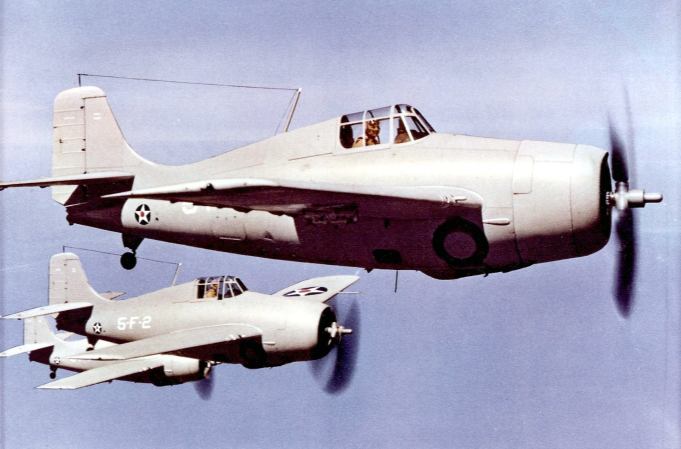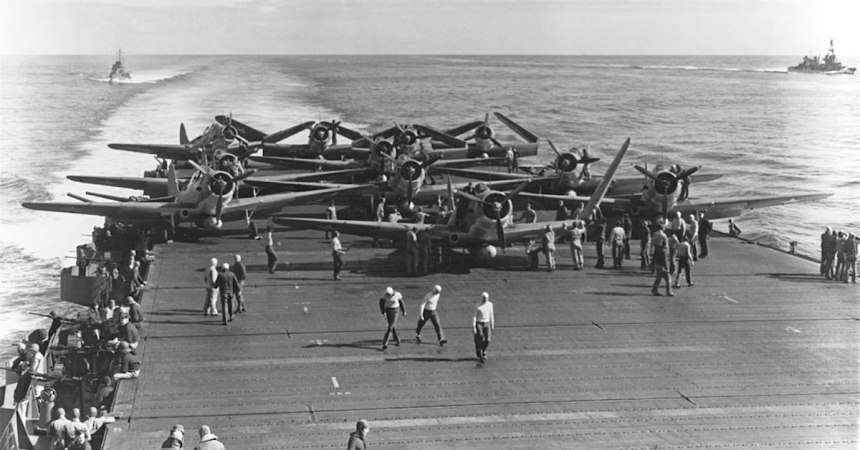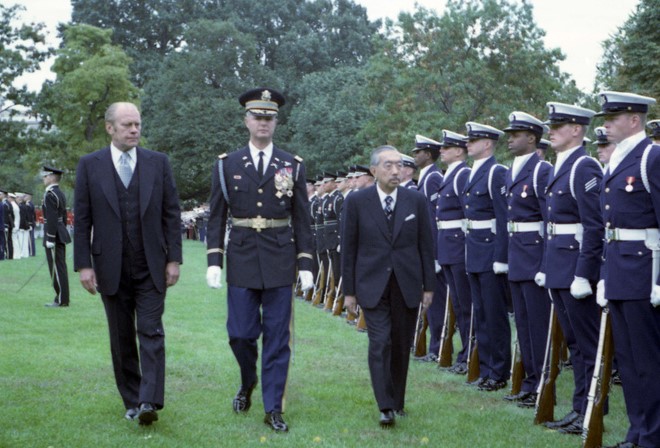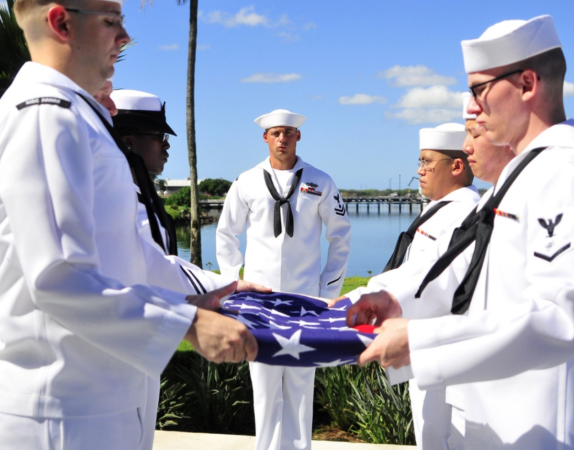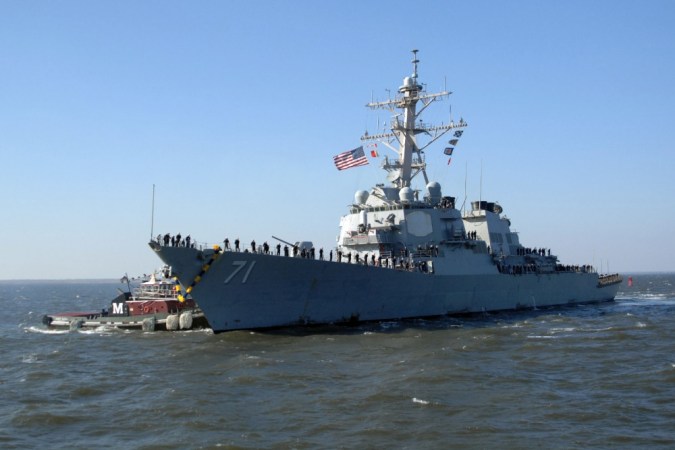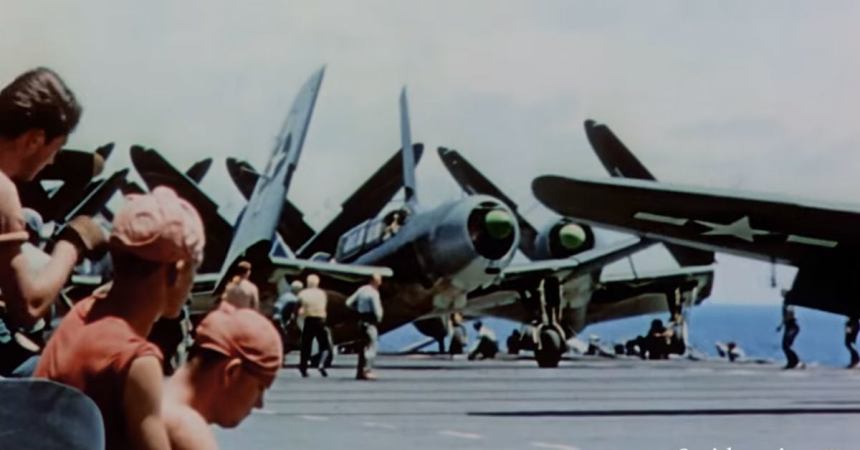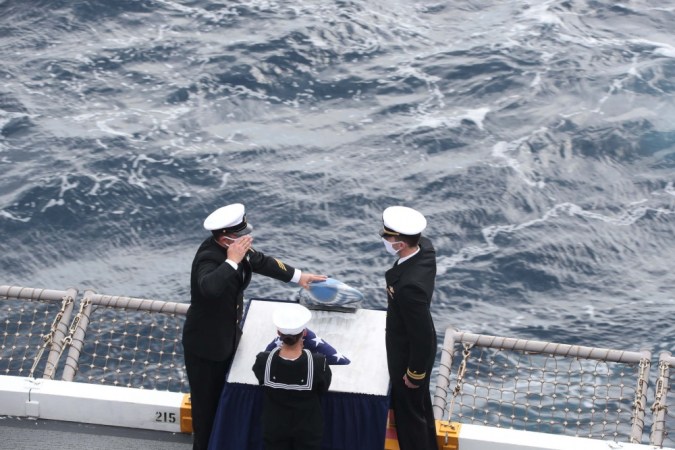The humble fleet oiler doesn’t get a lot of attention. Today’s version of this vessel, the Henry J. Kaiser-class replenishment oiler, is still relatively slow (capable of reaching a top speed of 20 knots), but it is huge (displacing over 40,000 tons). It makes sense that the ship responsible for hauling gas enough to fuel an entire carrier strike group — both ships and planes — would be a lumbering sea giant.
During the Battle of the Coral Sea, however, one humble oiler did more than provide fuel for the ships in the fight.
That oiler, the USS Neosho (AO 23), saved the American carriers. The Neosho was a Cimarron-class vessel that joined the fleet in 1939. She wasn’t as big (displacing 7,500 tons) or fast (capping out at 18 knots) as today’s oilers, but she was still able to top off the fleet’s tanks.

USS Neosho (AO 23) refuels the carrier USS Yorktown (CV 5) before the Battle of the Coral Sea.
(U.S. Navy)
According to the Dictionary of American Naval Fighting Ships, Neosho fulfilled her primary mission prior to the Battle of the Coral Sea, refueling USS Yorktown (CV 5) and USS Astoria (CA 34) after planes had carried out strikes against Japanese-occupied Tulagi. It was on the first day of the coming battle, however, that she would do much more than provide fuel.
At the time, the Navy was so short on hulls that she had only one escort, USS Sims (DD 409). A Japanese plane found the Neosho and her lone escort on May 7. The enemy pilot mistook the ship for a carrier. So, the Japanese carriers, Shokaku and Zuikaku, sent their air groups after the oiler. The Sims was quickly sunk and Neosho took seven bomb hits and had a Japanese plane crash into her.

USS Neosho (AO 23) pictured while taking the Japanese attack meant for the carriers USS Lexington (CV 2) and USS Yorktown (CV 5).
(Japanese Defense Agency)
The vessel stayed afloat for four days when Allied search planes finally found her. The destroyer USS Henley (DD 391) arrived on the 11th. The 123 survivors that were taken off of the oiler then learned that the United States Navy had turned back the Japanese — in no small part because the Neosho took a strike intended for Lexington and Yorktown.
The Neosho was scuttled, but two other fleet oilers have since borne the name.



